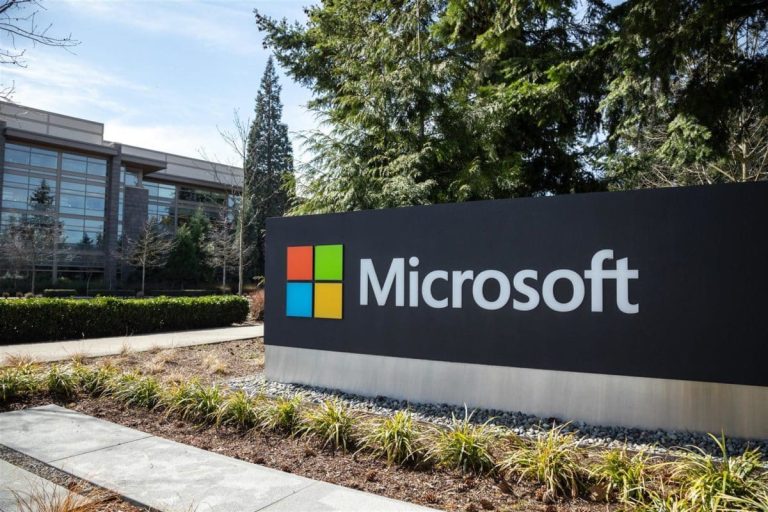quick look
- Microsoft addresses 61 vulnerabilities in its latest update.
- Two serious issues in Windows Hyper-V related to remote code execution and denial of service (DoS) attacks have been highlighted.
- Additional patches for 17 vulnerabilities in Chromium-based Edge since February 2024.
In its latest monthly security report, Microsoft rolled out fixes for 61 vulnerabilities across its suite of software products. Among these points, two serious weaknesses stand out. They pose a high risk of denial of service (DoS) and remote code execution within Windows Hyper-V. Furthermore, the scope of the vulnerabilities addressed in this update demonstrates Microsoft's ongoing commitment to cybersecurity. The company aims to prevent potential attacks before they happen. It is worth noting that security flaws extend to different severity levels. Specifically, two were classified as critical, 58 were classified as important, and one was classified as low risk. Furthermore, at the time of release, none of the vulnerabilities were known to have been publicly disclosed or actively exploited. This fact provides some comfort to users and system administrators.
Highlight critical weaknesses
This update highlights CVE-2024-21407 and CVE-2024-21408, two critical vulnerabilities affecting Hyper-V, Microsoft's virtualization platform. If exploited, these flaws could lead to remote code execution and a denial of service condition, respectively. These vulnerabilities underscore the potential risks inherent in virtualization platforms, which are critical components of modern IT infrastructures. Microsoft's proactive identification and resolution of these issues reflects how diligent the company is in protecting users from evolving cyber threats that can compromise system integrity and data security.
Beyond the Correction: The Importance of Vigilance
Beyond the patches themselves, the update is a reminder of the complex landscape of cybersecurity threats. For example, CVE-2024-21390, although not classified as critical, highlights creative ways for attackers to compromise security measures, in this case, targeting the Authenticator application to access multi-factor authentication codes. This scenario illustrates the sophisticated tactics of cybercriminals who aim to circumvent multi-layered security defenses. Security experts stress the importance of vigilance and taking proactive measures in response to these threats. The ability of attackers to exploit vulnerabilities to hijack accounts or steal sensitive data underscores the need for users and administrators to stay informed and apply security updates immediately.
Microsoft's latest security update is a crucial defense measure against a wide range of cyber threats. By addressing vulnerabilities before active exploitation, Microsoft is strengthening the security posture of its software ecosystem. Microsoft encourages users and system administrators to apply these updates immediately to protect against potential exploits.

